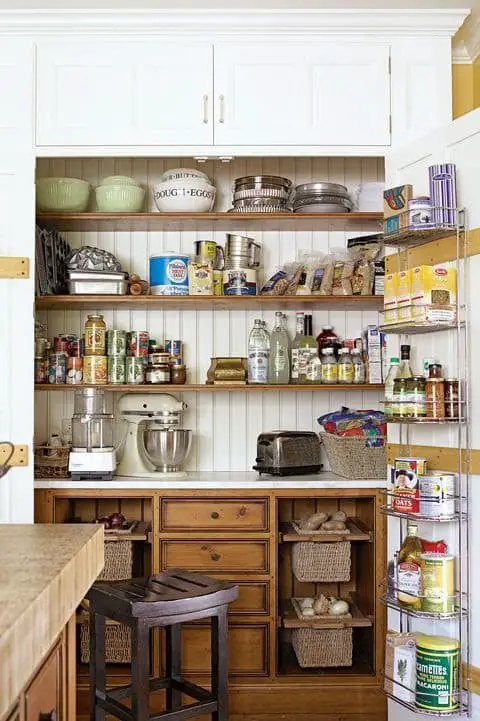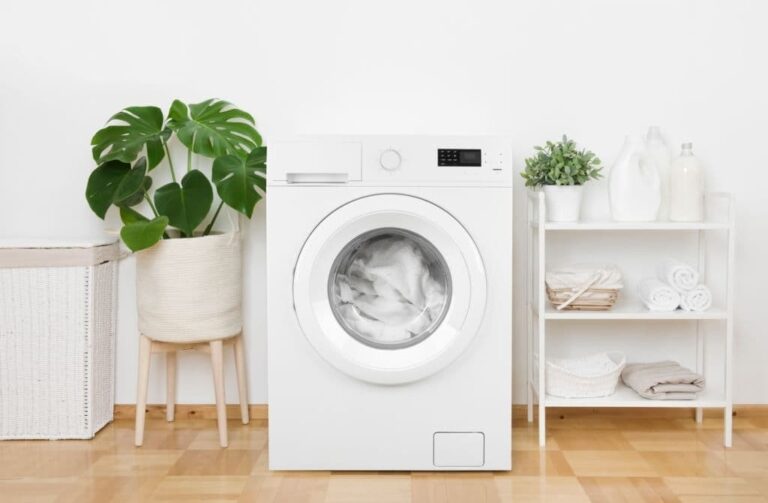How To Choose The Best Yarn For Weaving?
While it’s impossible to weave without yarn, selecting the right type of yarn is a crucial decision that can make or break the final product. The type, color and weight of the yarn will ultimately determine its appearance in the finished weave. Furthermore, not all yarns are suitable for weaving. Therefore, choosing the perfect yarn for your project is arguably the most significant step in the weaving process. With so many options available, it’s essential to have a clear understanding of what makes one yarn more suitable than another for weaving.
Types of yarns used for weaving

When venturing into the world of yarn, it’s easy to feel overwhelmed by the vast array of options available. Even small art and craft stores typically dedicate an entire section to showcasing various types of yarn. While wool yarn might be the first type that comes to mind, it’s important to note that yarn can be created from a multitude of materials. In fact, yarns can be broadly categorized into three primary groups: protein fibers, cellulose fibers, and synthetic fibers.
Protein fibers, such as wool and silk, are derived from animals like sheep, alpacas, llamas, and angoras. Cellulose fibers, on the other hand, come from plants, with cotton, hemp, and linen being some of the most well-known examples. Finally, synthetic fibers are manufactured from acrylic or polyester, offering manufacturers the ability to tune their properties to suit specific needs.
In recent years, blended yarns have gained popularity, as they can offer the best qualities of multiple materials. For instance, a cotton-polyester blend combines the softness and breathability of cotton with the strength of polyester yarn. As each type of yarn has its unique pros and cons, it’s helpful to examine them individually to better understand their characteristics and applications.
Acrylic weaving yarn
Synthetic fibers like acrylic are made from polymers, making them often more affordable than their organic counterparts. One of the key benefits of acrylic yarns is their durability – they’re surprisingly strong and retain their texture even after washing. However, it’s essential to note that the quality of acrylic yarns can be quite inconsistent. In my experience, some cheaper options I’ve tried have resulted in a lot of static electricity and an unpleasant sensation on my skin. Given these drawbacks, I’ve opted for blends that combine acrylic with natural fibers in my weaving endeavors.
Alpaca weaving yarn
When it comes to weaving, alpaca yarn is an excellent choice. Its remarkable combination of softness and strength makes it an ideal material for both warp and weft yarns. Like sheep’s wool, it shares some similarities, but alpaca boasts a warmer, softer, and hypoallergenic quality that sets it apart. However, one caveat to consider is the increased static electricity it generates compared to wool. To mitigate this issue, a gentle spritz of water every now and then can help keep things under control.
Cotton weaving yarn
Cotton yarn is a versatile choice for weaving, boasting both softness and strength, making it suitable as warp threads. Its affordability also makes it an attractive option, particularly when compared to other natural fibers. The versatility of cotton yarn is further accentuated by its availability in various grades, allowing for easy color manipulation through dyeing. As a result, I typically rely on cotton yarn for warping my loom, appreciating its reliability and practicality.
Hemp weaving yarn
Hemp, a bast fiber, produces shorter fibers and a stiffer yarn compared to most other types of yarn. This unique characteristic makes hemp yarn less suitable for crafting clothing or accessories like scarves. However, it remains an excellent choice for creating practical items such as placemats, towels, and more. Interestingly, the fibers become softer and more pliable after several washes. Hemp’s eco-friendliness is another significant advantage, as it can be cultivated without the use of harsh chemicals or pesticides, unlike cotton. Furthermore, natural hemp yarn has gained popularity in recent times due to its environmental benefits. However, some manufacturers have developed ‘cottonized’ hemp yarn, which is more flexible and easier to work with. While this variant may be more user-friendly, it’s worth noting that the processing involves harsh chemicals, diminishing its eco-friendliness.
Linen weaving yarn
Linen, another staple bast fibre, originates from the stalk of flax plants. While sharing some similarities with hemp in terms of durability and lack of stretchiness, linen’s unique properties can make it a bit more challenging to work with. The fibres need to be wound meticulously when creating linen yarn, which can be time-consuming. Furthermore, 100% pure linen yarns can come at a higher price point than anticipated for a plant-based fibre. As a result, many weavers opt for blended yarns that combine the benefits of cotton and linen, such as cottolin, to achieve a more manageable and cost-effective material.
Metallic weaving yarn
The notion that working with metal might seem daunting, but it’s actually achievable through the use of metallic yarn. This type of yarn is typically made from nylon or acrylic fibers with a thin coating of metal particles, allowing for its unique properties to shine. Unlike traditional metal threads, metallic yarn remains flexible and pliable, much like regular yarn. When incorporated into your weaving project, just a few rows can add an eye-catching touch. While it’s possible to use metallic yarn as the primary material, it’s generally more effective when used in moderation to add visual interest without overpowering the overall design.
Silk weaving yarn
Silk yarn is renowned for its sumptuous texture and elegant drape, making it a sought-after choice among crafters. Yet, the quality and source of the silk can significantly impact its price point, rendering it a luxury yarn option. Furthermore, working with silk yarns can be somewhat challenging due to their tendency to slip during weaving, making them less suitable for beginners. For those seeking an affordable alternative, blending silk with a more economical fiber is a viable option.
Wool weaving yarn
It’s likely that we’ve all had the pleasure of working with wool sweaters at some point in our lives. The processing of the fibers determines the texture of the yarn, which can range from fluffy to dense. Fluffy wool yarns are ideal for crafting items like wall hangings, clothing, and rugs, whereas dense yarns are typically used for weaving coats or upholstery fabric. One of the unique characteristics of working with wool is its ability to be stretched slightly, making it a forgiving material even for those who tend to make small mistakes. However, it’s essential to keep in mind that items created from wool yarn can be delicate when washed, requiring a gentle approach to ensure they remain in good condition.
Weaving yarn weights explained
When it comes to choosing the right yarn for your project, one crucial factor to consider is its thickness, or yarn weight. However, this can be a bit tricky as different manufacturers often employ unique classification systems to categorize their yarns. Fortunately, there’s a widely recognized standard that can help simplify things: the Standard Yarn Weight System. This system assigns a number from 0 to 7 to yarns based on their thickness, with 0 denoting very fine and 7 representing very thick.
Weaving yarn chart
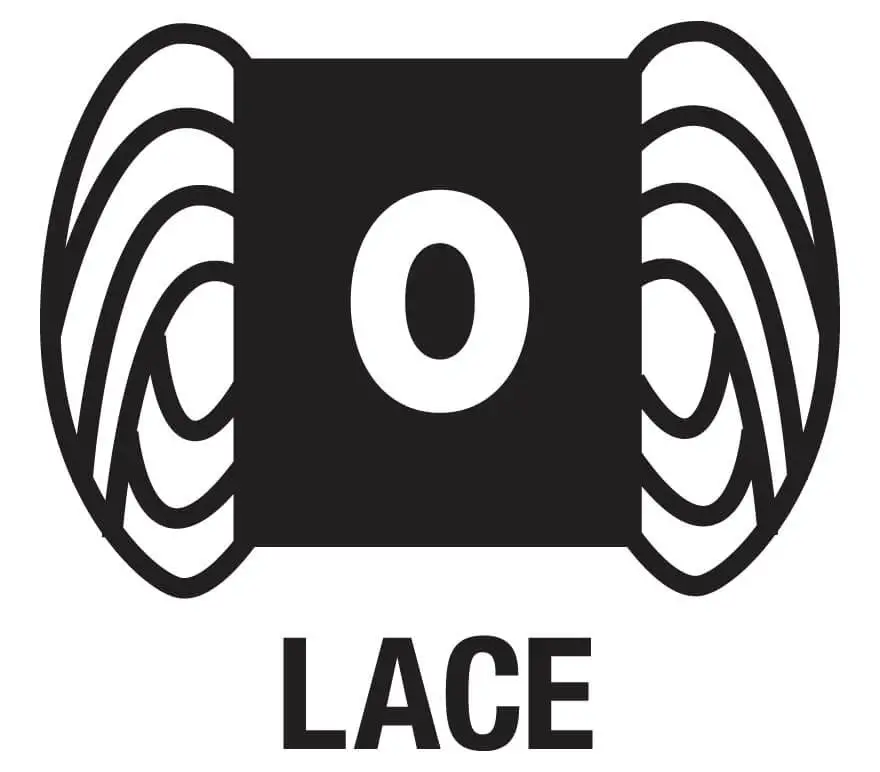

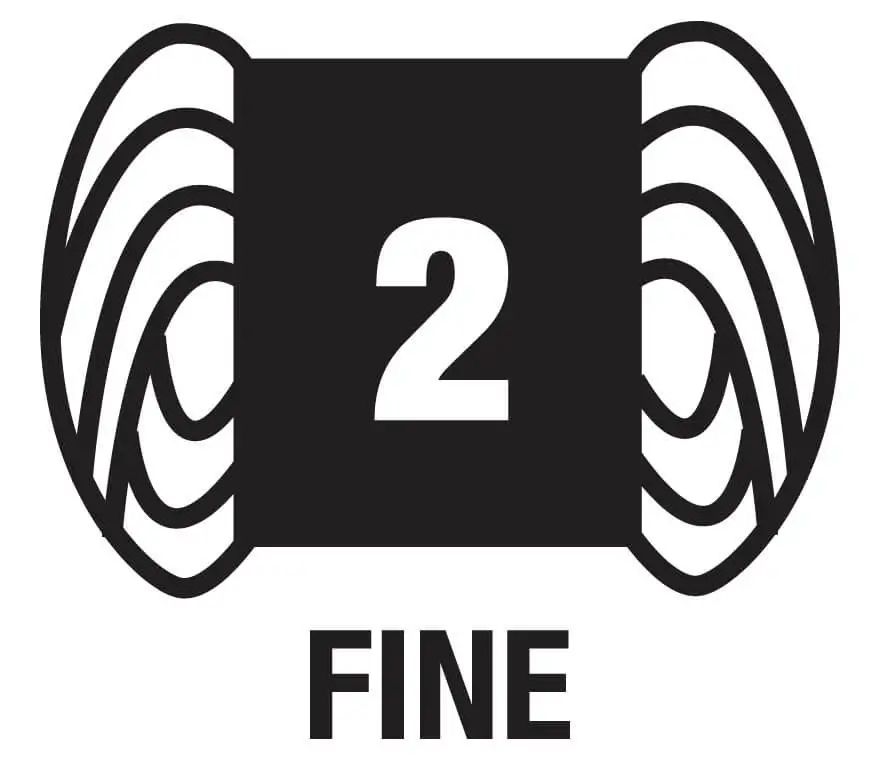


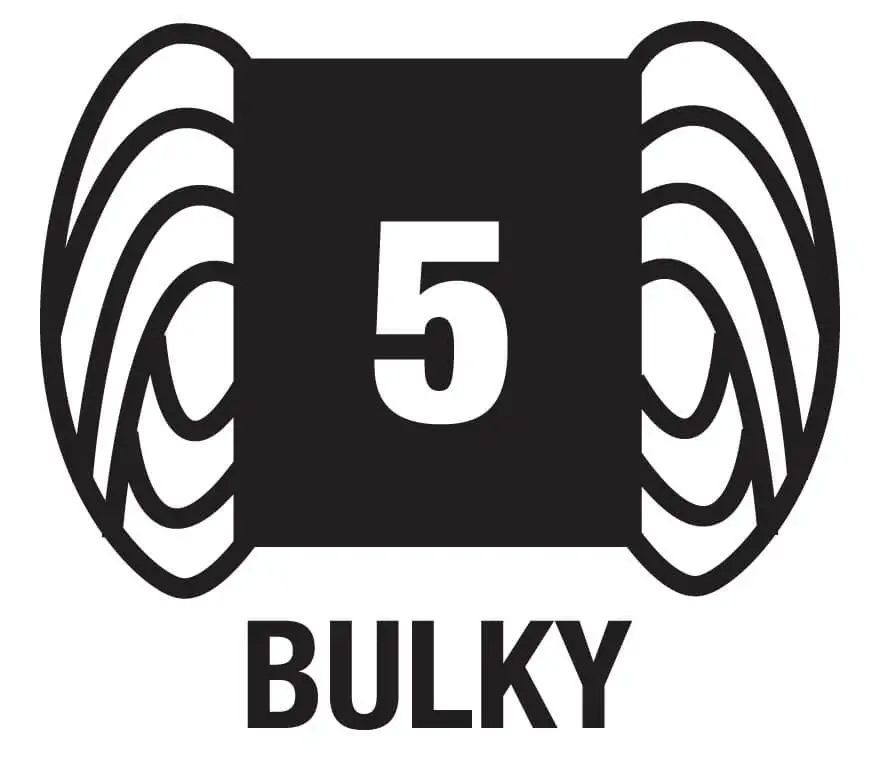
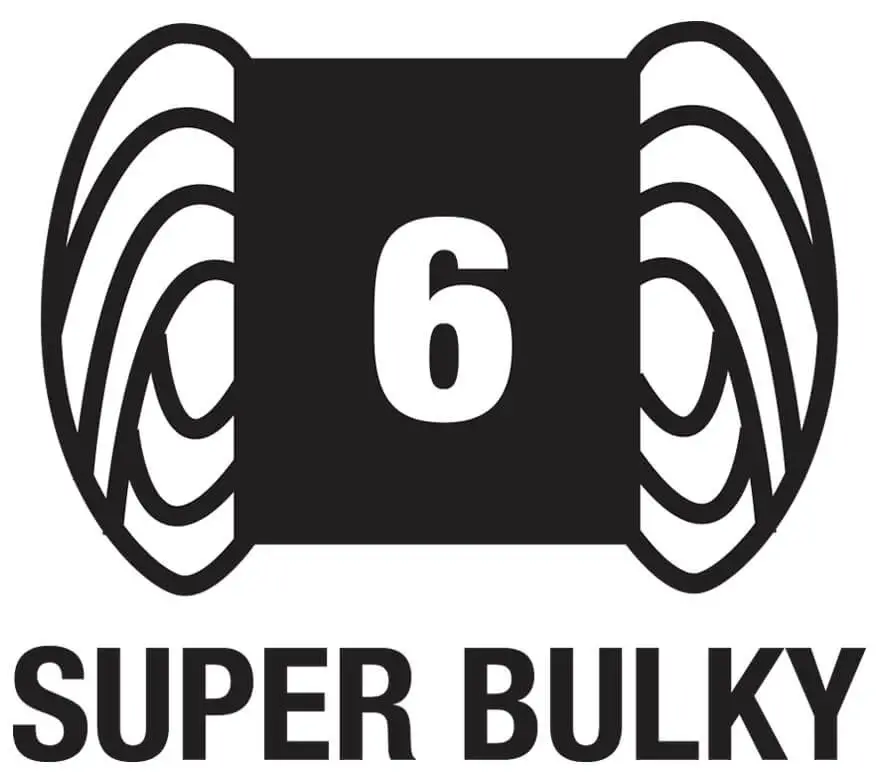

For those who are familiar with knitting, yarn weight and needle size are crucial components that determine the overall texture and appearance of a finished project. To provide a comprehensive guide for knitters, we’ve compiled a chart detailing the standard measurements for yarn weight, needle size, and stitches per inch. The following table outlines the various combinations, from fine to bulky, along with their corresponding yardage per pound.
What yarn weight is best for weaving?
When crafting a dense weave, medium-weight yarn is generally the most suitable choice. However, using bulkier yarns can accelerate the weaving process but may result in visible warp threads. To add texture and visual interest to your project, consider combining different yarn weights. When selecting yarn for your project, it’s essential to ensure you’re choosing the right thickness. For instance, bulky or super bulky yarn is ideal for creating warm, insulating items like scarves, whereas fine yarns are better suited for projects that require a tight weave. If you’re working with a frame loom and prefer a faster weaving experience, bulkier yarns may be the way to go. Conversely, if you’re aiming for a more intricate design, medium-weight yarn might be a better fit.
What do the numbers on yarn mean?
While yarn weight labels can seem straightforward, there’s actually some complexity beneath the surface. The Standard Yarn Weight System assigns a single digit from 0 to 7 to indicate yarn thickness, with higher numbers denoting thicker yarns. In contrast, the US system uses two numbers: the first represents the thickness of a single ply, while the second indicates the number of plies. What’s confusing is that these systems have opposite relationships between weight and bulkiness. In the Standard Yarn Weight System, a higher weight corresponds to a more bulky yarn. Conversely, in the US system, a lower number often signifies a bulkier yarn. For instance, a 3/2 yarn might be more substantial than a 5/2 yarn despite having the same number of plies.
Can you use any yarn for weaving?
While versatility is key when it comes to yarn selection, many beginners start with the basics: cotton, wool, and acrylic. These staples are readily available and relatively easy to work with. However, don’t be afraid to experiment with other materials like silk or hemp – even if they may require a bit more skill or carry a higher price tag. The key is to get a feel for different yarns by giving them a try. In fact, combining multiple yarns in the same weave can add an extra layer of texture and visual interest. Experienced weavers often intentionally blend yarns to create unique effects, so don’t be afraid to get creative and mix things up.
Weaving yarn vs knitting yarn
While both knitting and weaving yarns can be crafted from the same fibers, their distinct characteristics stem from differences in fiber preparation and spinning processes. Knitting yarns typically exhibit softness and elasticity, whereas weaving yarns are engineered for strength, durability, and rigidity. This disparity is not insurmountable, however; it’s entirely possible to knit with a weaving yarn or weave with a knitting yarn.
That being said, when using a knitting yarn for weaving, you’ll need to exercise greater care in measuring the yarn due to its inherent stretchiness. Similarly, if you’re planning to use a knitting yarn as a weft thread, it’s crucial to ensure that it can withstand some degree of tension.
In general, I would advocate for selecting a yarn specifically designed for weaving purposes, but it’s worth noting that the distinction between these two types of yarn has diminished over time.
What is the best yarn for warping a loom?
When it comes to warping a loom, cotton yarn is often the top choice due to its affordability and remarkable durability. It’s essential to avoid using stretchy yarns like wool for the warp, as the finished weave will likely shrink once removed from the loom. Seasoned weavers may also experiment with alternative yarns to create unique designs. As the warp threads are constantly under tension during the weaving process, it’s crucial to select a yarn that can withstand the strain. The strength of the yarn is influenced by both its type and density. Historically, various yarns such as wool, linen, alpaca, and silk were used for warping, but cotton has become increasingly popular due to its cost-effectiveness and superior strength. If you’re unable to find cotton yarn, there’s a simple test: pull the yarn on both ends and observe what happens. If it stretches, unravels, or breaks, it’s not suitable for use as warp yarn.
What is the best yarn for loom weaving?
When it comes to weaving, the type of yarn used can greatly impact the final product. Three popular options include cotton, linen, and wool, each with its own unique characteristics. Cotton is a great choice for beginners due to its affordability, strength, and minimal stretchiness. While these fibers are well-suited for most projects, it’s also important to consider the specific needs of your weave. For instance, a dish towel may require a sturdy yarn, whereas a scarf demands something softer. To add depth and interest to your creations, experiment with combining different yarns in terms of fiber, thickness, and color. If you’re struggling to find harmonious colors, online palette generators can be a valuable resource. Ultimately, the choice of yarn depends on the intended use and personal preference.
Frequently asked questions
Best yarn for weaving a wall hanging
When creating a unique and eye-catching wall hanging through weaving, wool yarns and blends are an excellent choice. To streamline the process and produce a visually appealing piece, it’s recommended to opt for thicker yarns that will expedite weaving time. Furthermore, incorporating a variety of colors and yarn weights will add depth and texture to your design, making it truly stand out on any wall.
Best yarn for weaving dish towels
When it comes to weaving dish towels, three fibers stand out from the rest: cotton, linen, and cottolin. Each of these natural fibers boasts impressive strength and durability, making them ideal for withstanding the rigors of daily use. To maximize absorbency and prevent excessive shedding, opt for unmercerized cotton yarns instead of mercerized varieties. Furthermore, a thinner yarn will help create a tighter weave, ensuring your dish towels remain effective at drying dishes.
Best yarn for weaving scarves
When it comes to weaving scarves, the choice of yarn is crucial. Opting for high-quality options like wool, merino, alpaca, and silk ensures not only a soft and comfortable texture but also durability. These yarns are ideal choices due to their natural fibers that provide excellent insulation, breathability, and gentle touch against the skin. If budget is a concern, consider blending one of these premium yarns with a more affordable acrylic option to achieve a balance between quality and cost.
Best yarn for weaving placemats
For a sturdy and long-lasting placemat, consider using cotton, linen, or cottolin yarns. Their robust nature ensures they can withstand daily use, while their minimal shrinkage and colorfastness make cleaning a breeze. These yarns are ideal for creating durable placemats that will retain their shape and appearance despite repeated washing.
Best yarn for weaving blankets
While cotton remains an excellent choice for weaving blankets due to its machine washability without compromising quality, other yarns like wool and alpaca are also appealing options despite their limitations. These natural fibers possess a soft, warm texture that’s pleasant against the skin; however, they do have a tendency to shrink after repeated washing, which can compromise their functionality. On the other hand, acrylic yarns often lack the tactile comfort provided by natural fibers, failing to deliver a satisfying sensation on the skin.




